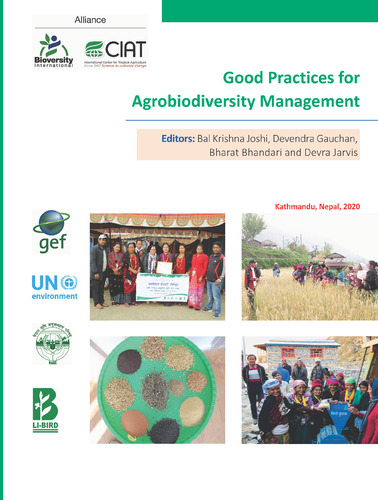Diversifying the sourcing and deploying methods to enhance the crop diversity
A Nepalese farmers of mountain and hill agro-ecosystem mostly grow landraces or traditional varieties of most of the crops. In some major crops like rice, wheat and maize, very old varieties are in cultivation. Insufficient research on minor crops and poor extension networks to disseminate new varieties
of major crops are the major reasons to narrow down the varietal options available to the farmers. Crop
genetic diversity can make farming systems more resilient, but a major constraint is that farmers lack
access to crop genetic resources (Tripp 1997). Farmers have fewer options available to choose, especially at a time when more new diversity is needed to cope with climate and market change (Atlin et al 2017). A portfolio of varieties exists in National Agricultural Genetic Resources Centre (Genebank) and many research stations that includes different varieties which are better than those currently grown by small farmers in remote hills and mountains, who have had limited opportunity to test these different options. In this context, potentials landraces sourced and collected in national Genebank from different environments can be deployed to the farmers of similar production environments.

